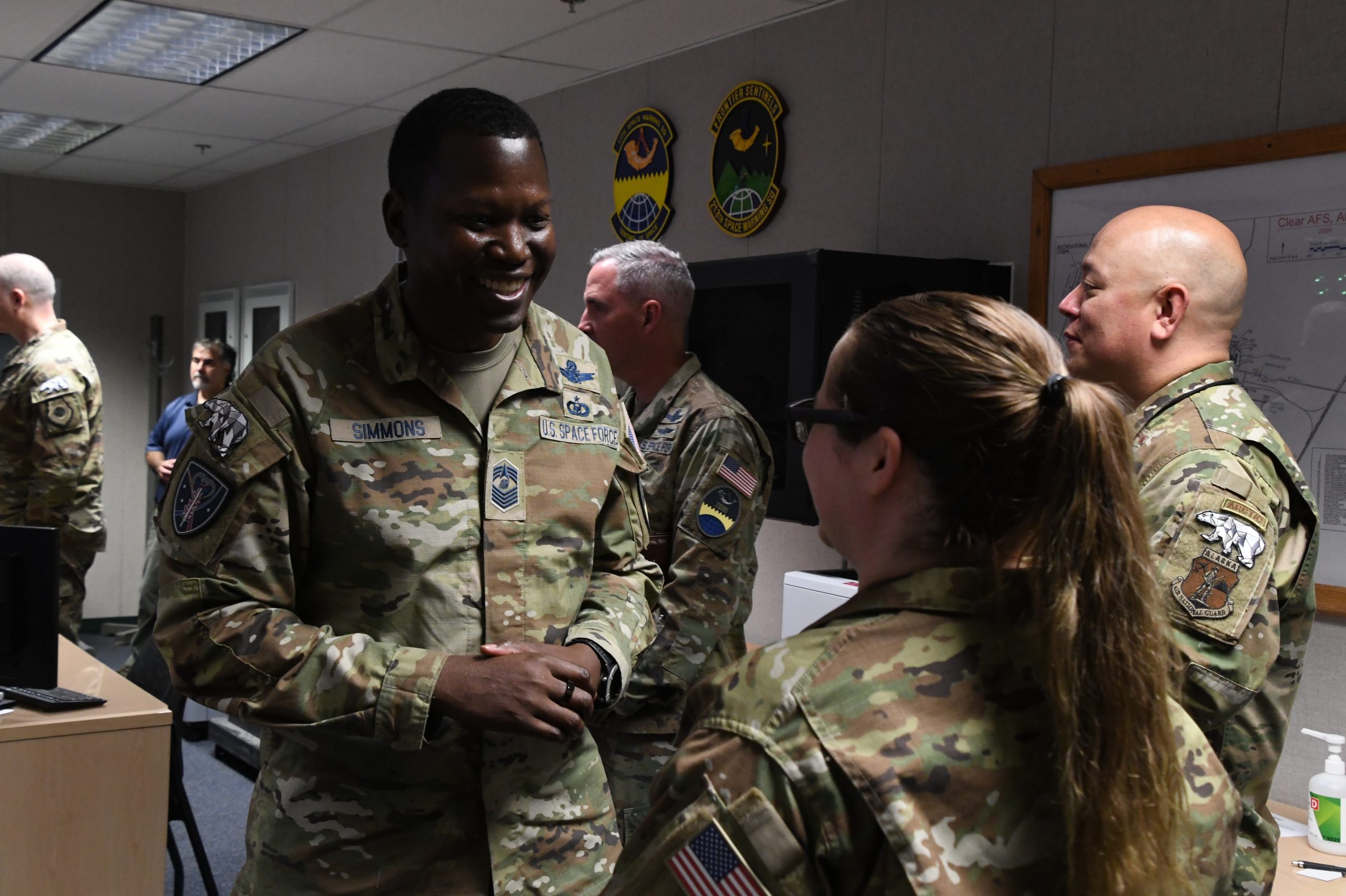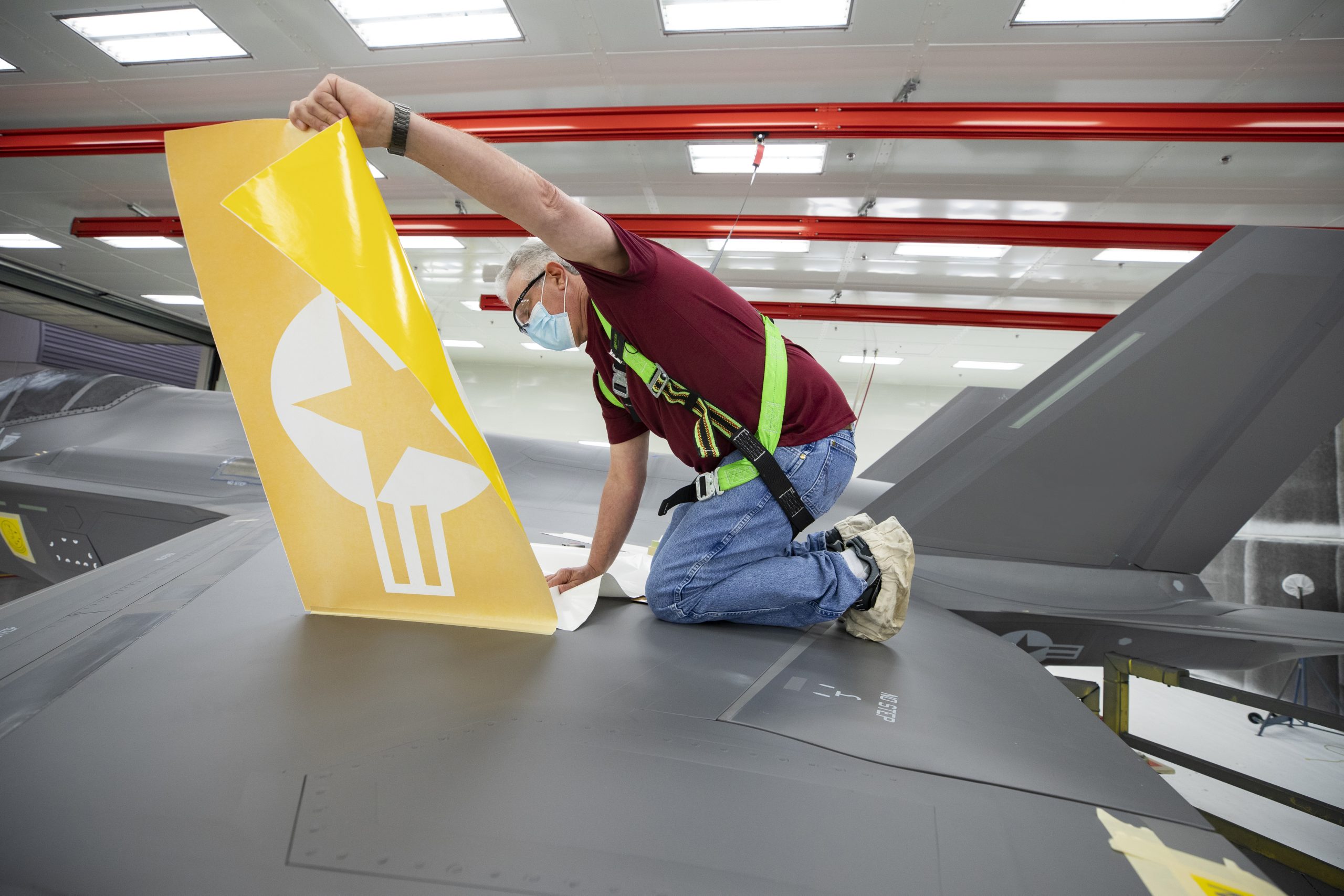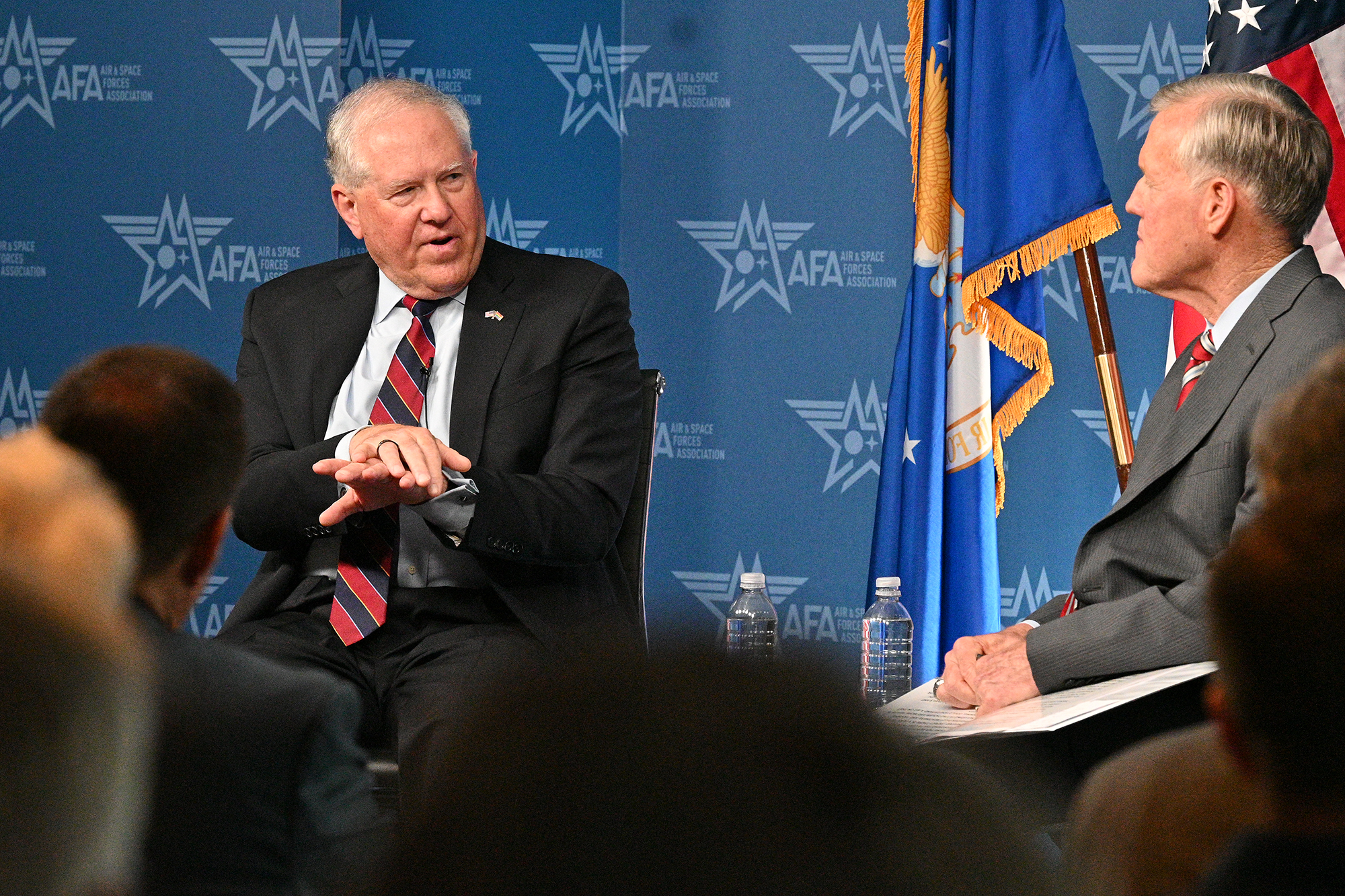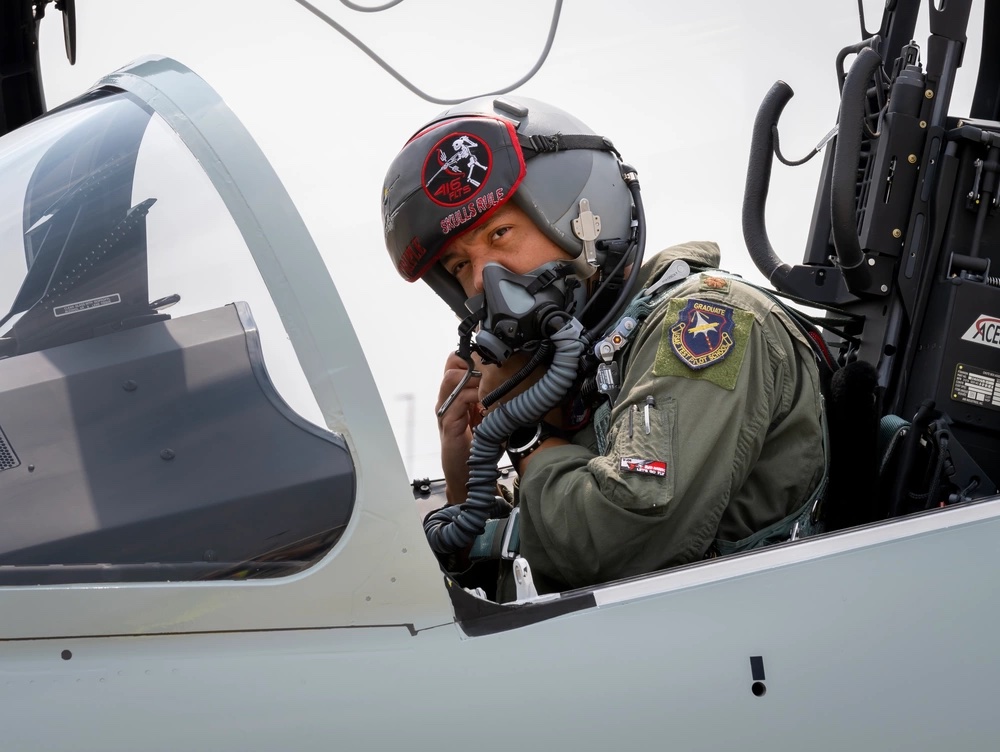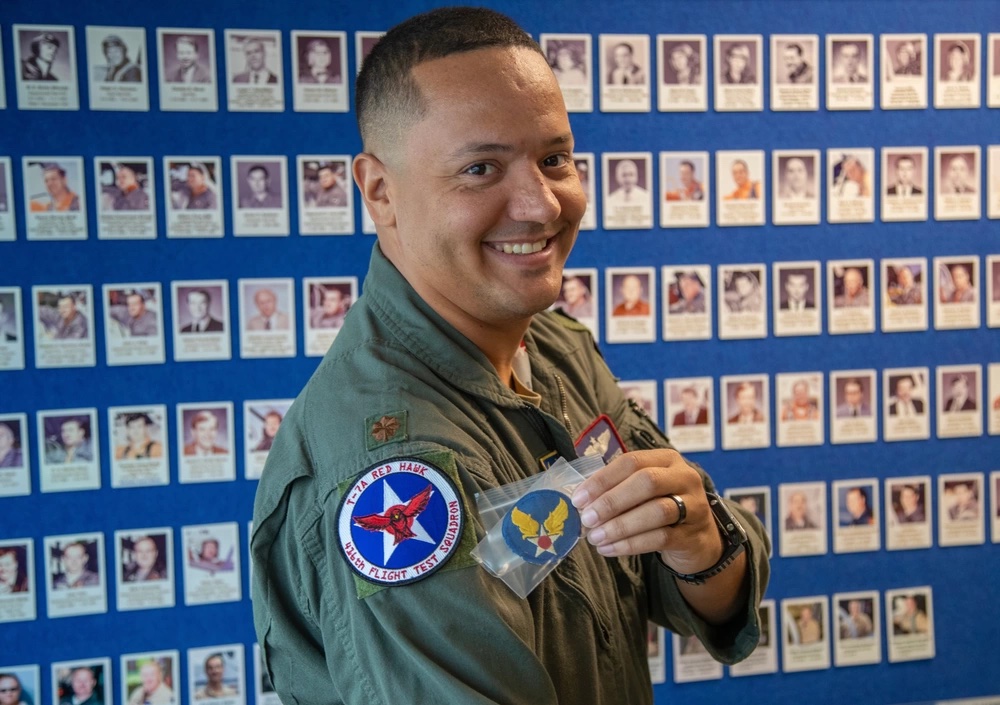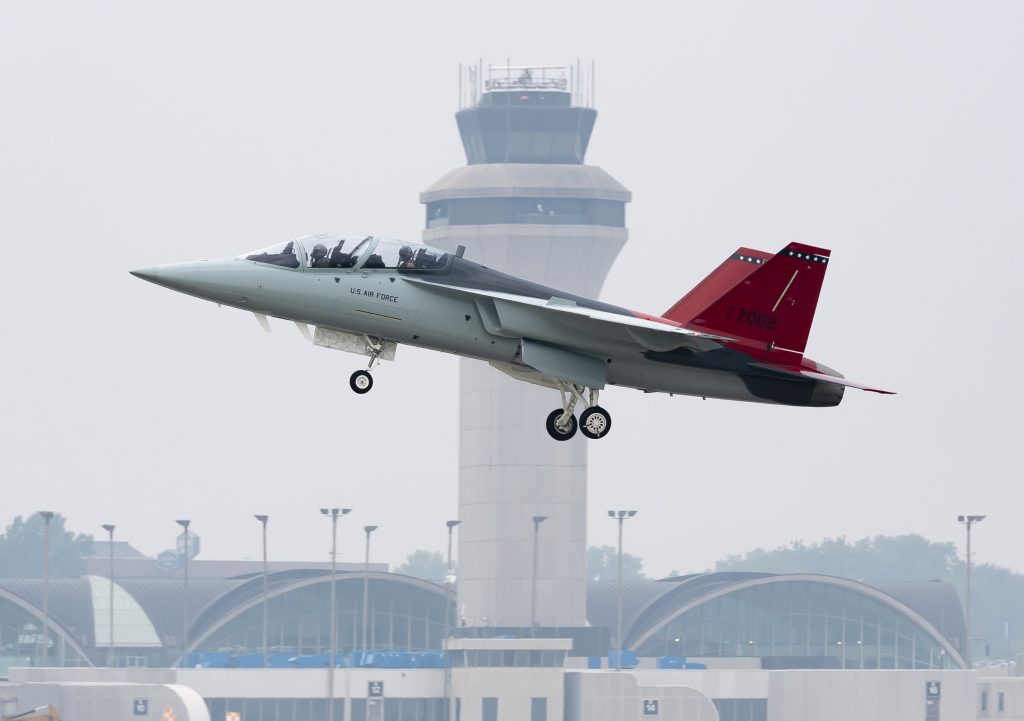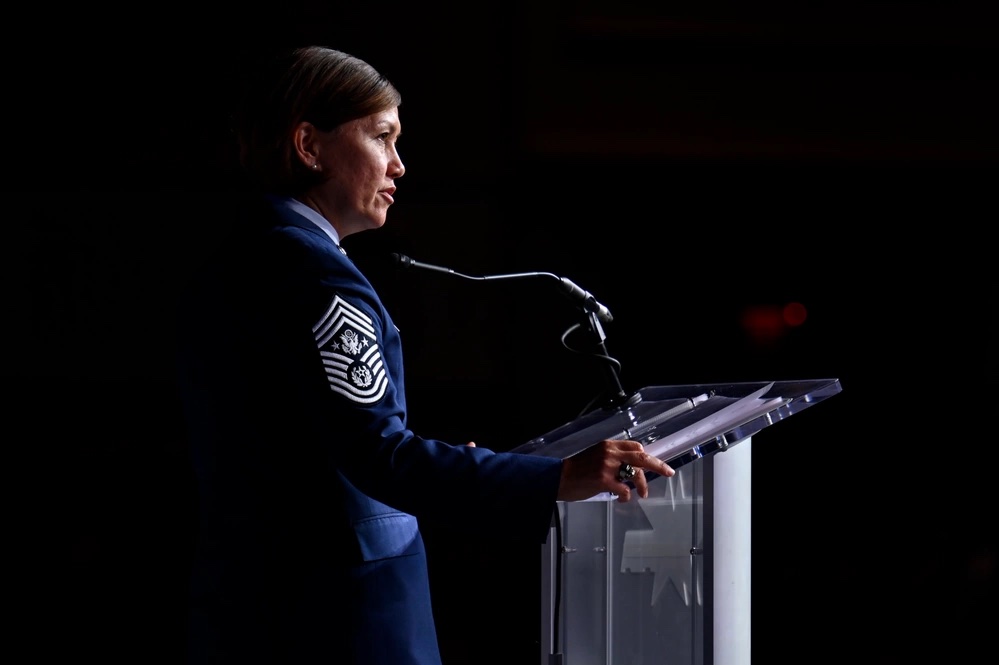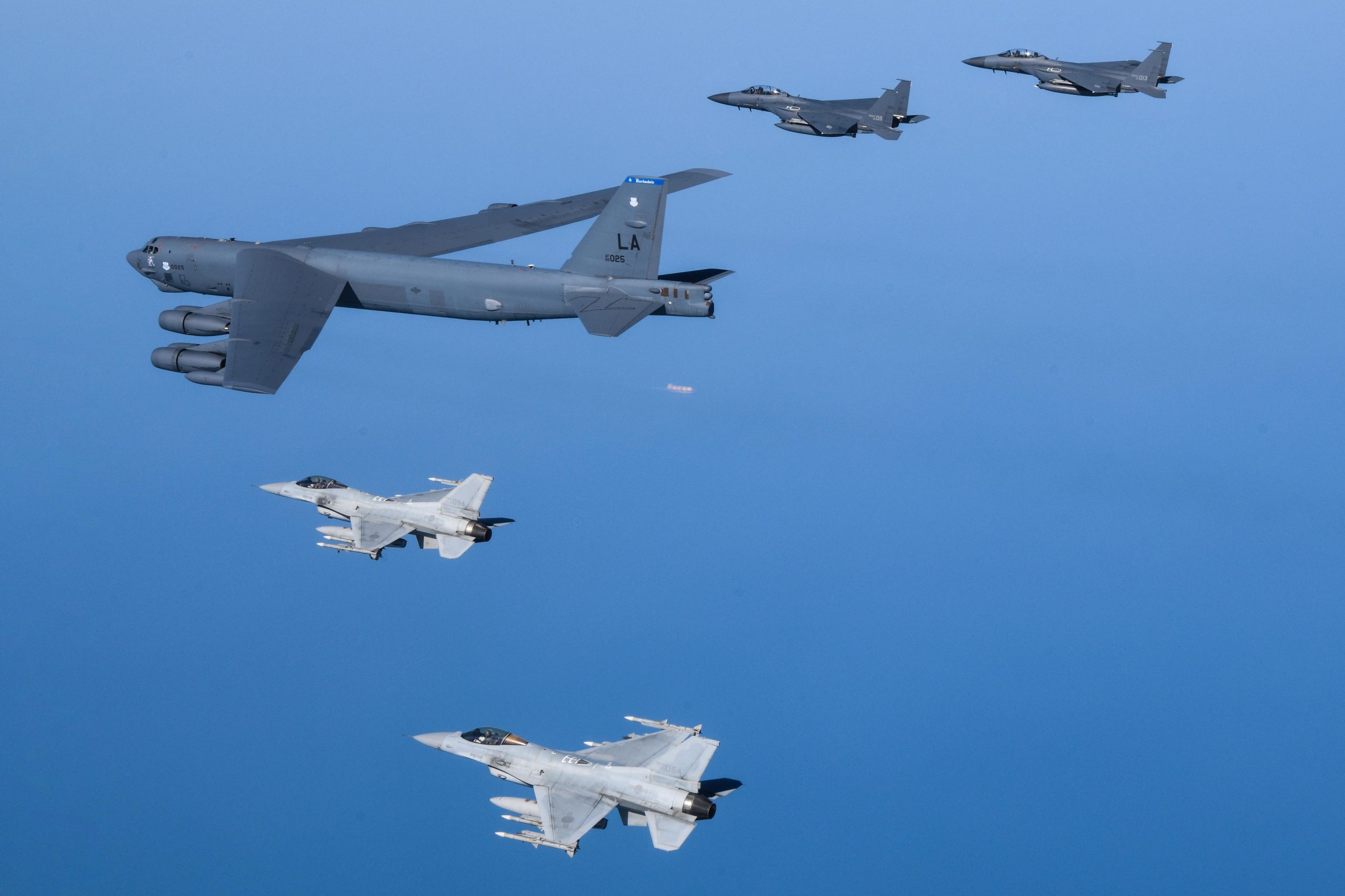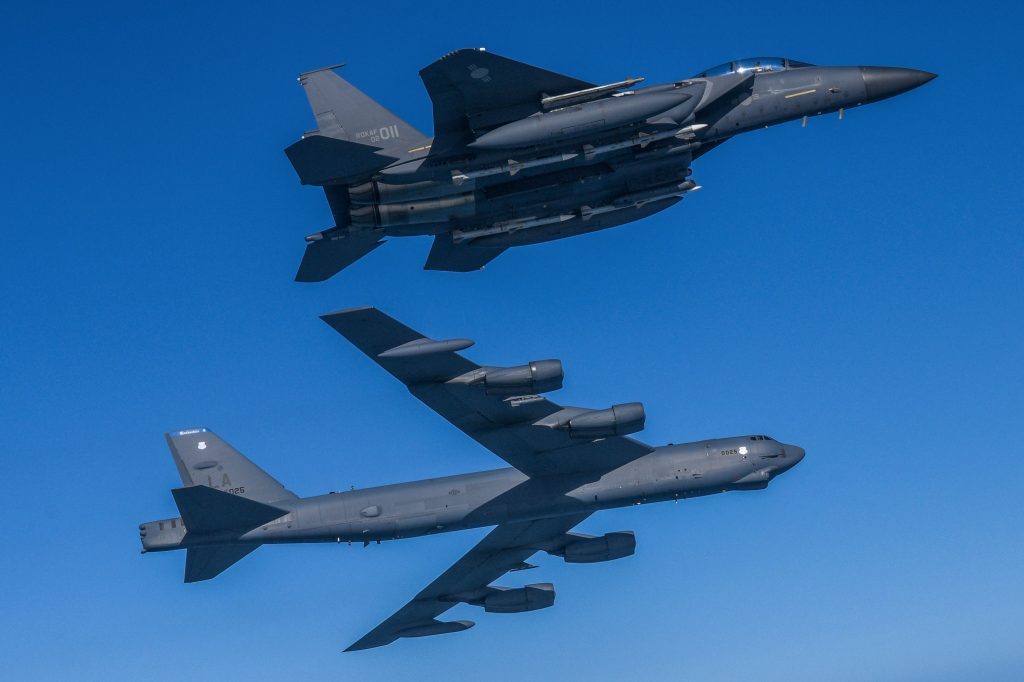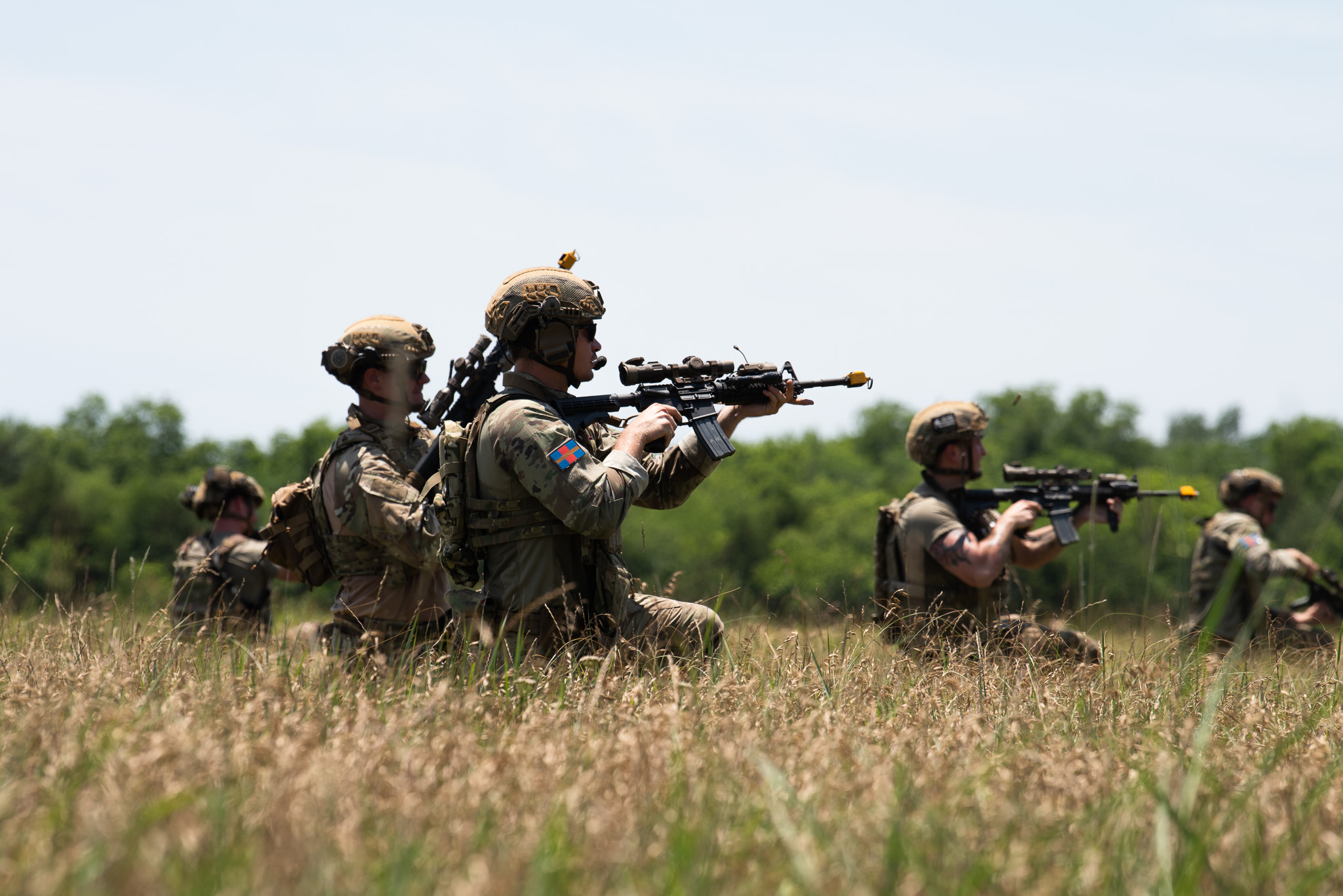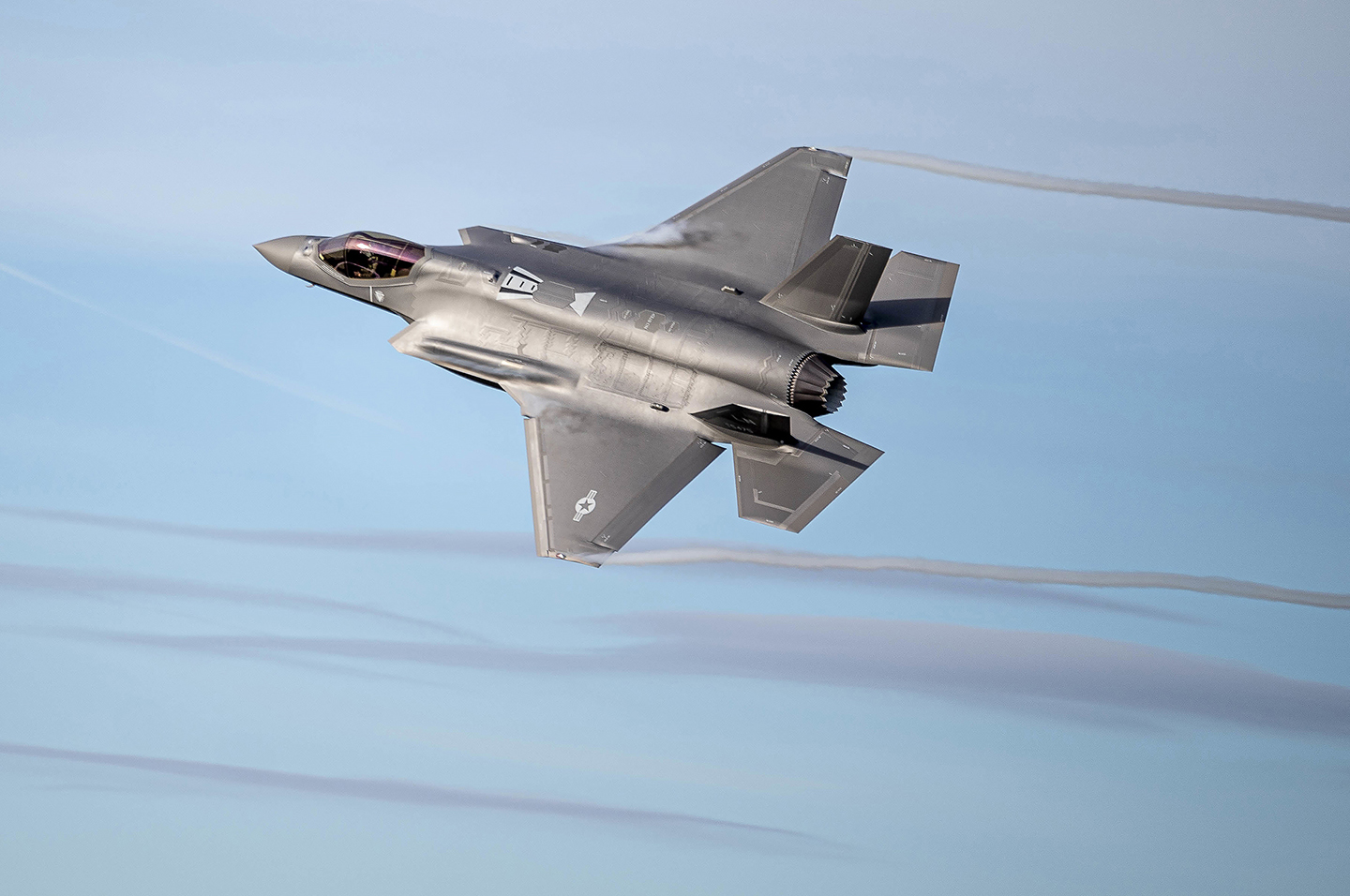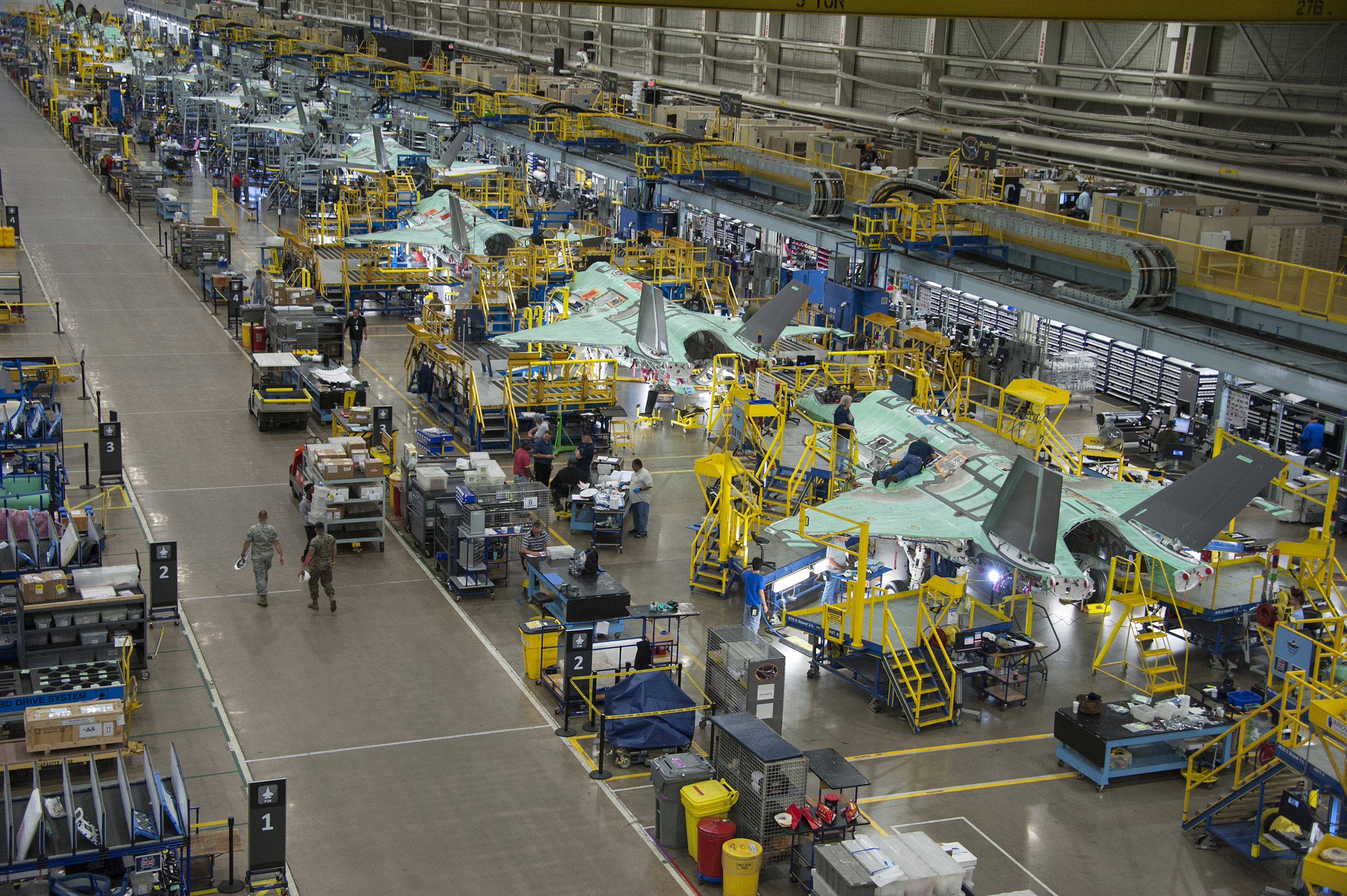U.S. Space Command’s new senior enlisted leader will be a Guardian, the first ever picked to advise a combatant command. Chief Master Sgt. Jacob C. Simmons will succeed Marine Corps Master Gunnery Sgt. Scott H. Stalker, the Pentagon said in a June 26 announcement.
Simmons is currently the senior enlisted leader for Space Operations Command (SpOC) at Peterson Space Force Base, Colo. He took that role in 2022, following in the footsteps of Chief Master Sgt. John Bentivegna, who was recently tapped to become the next Chief Master Sergeant of the Space Force. Chief Master Sgt. of the Space Force Roger A. Towberman, the second-ever Guardian, was SPACECOM’s senior enlisted leader, as well as CMSSF, for four months, from April to August 2020, before turning the reigns over to Stalker.
“Space is ubiquitous,” Simmons said in comments at AFA’s Air, Space, & Cyber Conference in September 2022. “It is involved in every mission, it is involved in every capability, and it must be intertwined as such.”
Guardians must work closely with members of other services, he said, as he will now as the top enlisted member at U.S. Space Command.
“We have to be integrated,” Simmons said last year. “We have to be interoperable.”
Simmons was one of the five finalists to replace outgoing Towberman to become the second-ever senior non-commissioned officer in the service’s history.
Simmons “has served in leadership positions at squadron, group, wing, major command, and Air Staff, as well as joint and multi-national duties in United States Space Command, United States Southern Command, United States Strategic Command, and North American Aerospace Defense Command,” according to his official Space Force biography. Simmons first enlisted in the Air Force in 1992.
“I enlisted into the military because I wanted to do something that mattered; something I could be proud doing until I figured out which way was up for my life,” Simmons said in a 2018 interview.
Before becoming an Airmen and later a Guardian, Simmons came close to joining the Army, he said.
“Growing up at Fort Hood, Texas, I actually had every intention of joining the Army and would have been a Soldier had I not listened to a still small voice during one life-changing event,” Simmons said. “While getting set to sign my very final piece of Army enlistment paperwork at MEPs [Military Entrance Processing Station], an Airman walked by in service dress. I stopped just shy of the oath when I realized that in my eagerness to get ‘life’ started, I didn’t research all of my options. I owed myself that.”
That experience will likely serve Simmons well as the senior enlisted leader of SPACECOM where he will hear from the rank and file members of all services and advise the commander of U.S. Space Command, Army Gen. James H. Dickinson.
